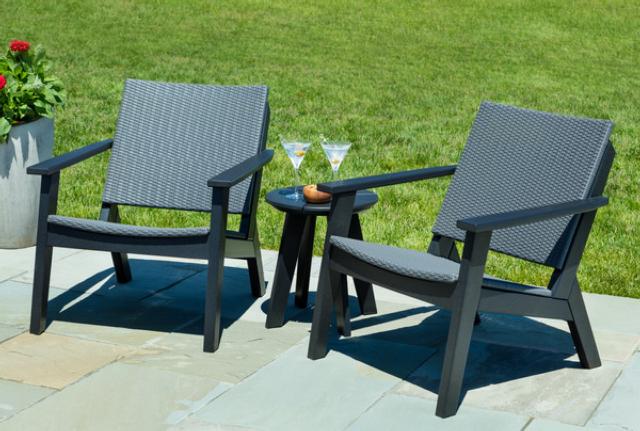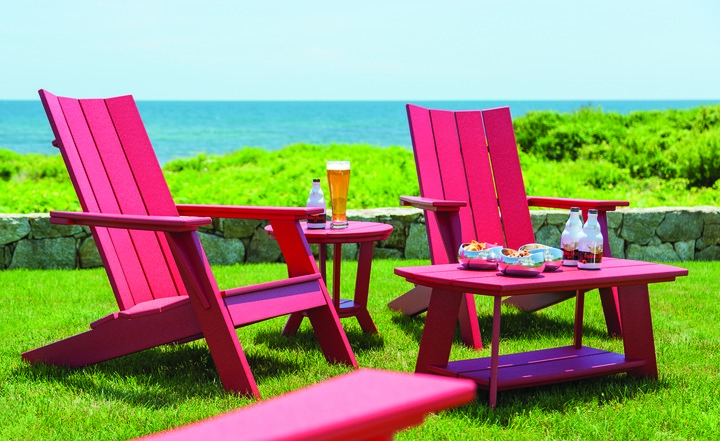Illuminated umbrellas enhance evening dining experiences. These models feature integrated LED lighting systems that provide both functional illumination and atmospheric effects. Lighting options range from simple strip lights along the ribs to more elaborate systems with adjustable brightness and sometimes color-changing capabilities. The illumination extends useful dining hours while creating distinctive nighttime ambiance.
These fibers undergo spinning into yarns of various weights and characteristics. The yarns then move to specialized looms where they’re woven into specific patterns and textures. The weaving process determines many performance characteristics, including water resistance, dimensional stability, and strength. Different umbrella applications might use different weave patterns based on their specific requirements.
It is essential to recognize the influence of consumer feedback in shaping the development of Umbrosa umbrellas. dining table Manufacturers often engage with users to gather insights and suggestions, which can lead to improvements in design and functionality. This collaborative approach not only strengthens the bond between producers and consumers but also fosters a culture of continuous improvement within the industry.


Another aspect worth noting is the variety of fabric options that accompany offset umbrellas. Many come with high-quality, fade-resistant canopies that offer effective sun protection. These fabrics are often treated to resist mold and mildew, ensuring that they remain fresh and vibrant dining table despite exposure to the elements. The color choices available are vast, allowing users to select Italian Libeccio Table shades that complement their outdoor decor or personal preferences.
The structure of commercial dining table patio umbrellas is equally important. Many models feature robust frames made from aluminum or fiberglass, which provide stability and durability. Aluminum frames are lightweight and resistant to rust, making them a popular choice for outdoor use. Fiberglass, on the other hand, is known for its flexibility and strength, allowing the umbrellas to withstand gusts of wind without breaking. This sturdiness is essential in commercial settings where umbrellas are frequently deployed and retracted.
These fibers undergo spinning into yarns of various weights and characteristics. The yarns then move to specialized looms where they’re woven into specific patterns and textures. The weaving process determines many performance characteristics, including water resistance, dimensional stability, and strength. Different umbrella applications might use different weave patterns based on their specific requirements.

Additionally, Woodline Umbrellas often feature advanced waterproofing technology that ensures users remain dry even in the heaviest of downpours. This technology not only improves the user experience but also reinforces the product’s reputation for reliability. Customers can confidently navigate through rainy conditions without the fear of their umbrella failing when they need it most.